A line of credit is a type of personal loan that acts as a financial safety net. Similar to a credit card, you can borrow a pre-approved amount of money from a banking institution when you need it, but only use what you need – and you only pay interest on what you use.
For example, someone with a $10,000 line of credit who only actually uses $6,000 of this amount will only have to pay back that $6,000, plus the interest. The required monthly payments will vary by lender and the size of the loan, but it's typically a small percentage of what you've borrowed, plus interest.
Of course, there are a few different types of lines of credit available, as well as some alternatives to consider before making your final decision. We've researched and written about all these details here.
Key Takeaways
- A line of credit is a specific type of personal loan where you're given access to a certain amount of money but you only have to pay back what you use.
- Personal lines of credit, home equity lines of credit, and student lines of credit each have individual defining features and specific uses.
- A low interest credit card can provide many of the same benefits as a line of credit.
Never miss an amazing deal again + get our bonus 250+ page eBook for FREE. Join 50,000 other Canadians who receive our weekly newsletter – learn more.
Different types of lines of credit
There are 3 main types of lines of credit out there: personal lines of credit, home equity lines of credit, and student lines of credit. Each one has a few features that distinguish it from the others, such as whether it requires collateral and/or when you need to start making payments.
Personal line of credit
First, the basic personal line of credit. These are for just about anyone who needs a loan to help pay for a major expense.
There's nothing special to these lines of credit.
Home equity line of credit
If you own a portion of your home (usually at least 20%, but can vary by lender), you can opt for a home equity line of credit, which is often referred to simply as a HELOC.
It works exactly the same as a personal line of credit, but since you're using the equity in your home, you can get much lower interest rates.
Why? Well, the bank has collateral. In case you don't make your payments, it's much easier for them to recoup what you owe by taking possession of your house.
So, while it can be an avenue to save on interest, if things go south in your financial situation you could lose your home too.
Student line of credit
Student lines of credits are a little different because they take a student's financial situation in mind.
When you get a student line of credit, you only have to pay back the interest of what you've borrowed, as long as you're a student.
Once you're finished with your studies, what you owe on your line of credit gets converted to a loan that needs to be paid back. You usually have between 6 and 24 months before this happens.
How to apply for a line of credit
How you'll go about applying for a line of credit depends on the lender. Big banks usually let you begin the process online, but you'll need to actually go into a branch to finish the process. But online banks typically allow you to finish the entire application online.
Your first step should be researching the different financial institutions that offer a line of credit. Check each lender's specific requirements, terms, and any promotional offers they may have. Once you've chosen a lender and the type of line of credit you want, be sure to have the following information handy before beginning your application:
- social security number,
- proof of income, and
- proof of employment.
The lender may do a credit check as well, so be sure that you review your credit history before applying.
Line of credit calculator
To calculate your minimum payment amount, you can always use a line of credit calculator like the CIBC calculator. Simply input your answers and you'll be shown what your minimum payment would be.
Aside from CIBC, a few other good quality line of credit calculators are offered by the following banks:
Line of credit vs. credit card
There is an alternative to a line of credit – a credit card.
They're somewhat similar. With a credit card, you get a credit limit, which you can use towards any purchase.
If you can't pay off your balance in full when your bill is due, you can carry the amount forward, with interest added on top.
But the interest is usually much higher on a credit card. In fact, the typical credit card rate on purchases is 20%. However, with the right credit card you can get an interest rate of as low as 10.99% with the
Here's where either option shines and doesn't.
| Line of credit | Credit card | |
|---|---|---|
| Pros | * Higher credit limits * Lower interest rates * Can be used for almost anything |
* Easier to apply for * Easy to use on purchases * Interest rates don't vary with with your credit score * Can earn rewards, depending on the card |
| Cons | * Harder to apply for * Can lose your home if it's a home equity line of credit |
* Limited to where credit cards are accepted for purchases * Can have annual fees * Very high interest rates |
Line of credit pros and cons
While it really depends on the lender, your credit score, and a few other factors, applicants can typically get higher credit limits with a line of credit than with a credit card. You can usually get lower interest rates with a line of credit as well, with a HELOC providing particularly low rates.
There are almost no limits as to what you can use your line of credit funds for. Whether you have a major reno in mind, need a little extra cash to buy a car, or want to consolidate some debt, these are all things you can do with your credit line.
One huge disadvantage of a line of credit is that you could potentially lose your home if you've taken out a HELOC.
Credit card pros and cons
Overall, it's easier to make purchases with credit cards than with funds from your line of credit. All you have to do with a credit card is swipe, tap, or insert your card to make a payment. There's no need to transfer funds or visit a bank machine to get cash and then make a payment.
It's also far easier to apply for a credit card than a line of credit. For most issuers, everything can be done online, whereas a line of credit typically requires a visit to your bank branch.
Credit card interest rates are pretty reliable too – what you see is what you get. They won't vary with the prime rate nor by your credit score, while lines of credit will. There are also annual fees to think about, which certainly isn't something you'll encounter with a line of credit.
As for disadvantages, even the lowest interest rate credit card will have a higher rate than what you could get with a line of credit. Most cards have a typical interest rate of 20% on purchases, which means the interest can really pile up if you're not careful.
Best low interest credit cards
If you decide a credit card is a better choice for you than a line of credit, you'll want a low interest credit card. Here's some information on the best cards in this category:
| Credit Card | Permanent purchase rate | Welcome Offer | Annual Fee, Income Requirements | Apply Now |
|---|---|---|---|---|
| MBNA True Line Gold Mastercard | 10.99% | None | * $39 * None |
Apply Now |
| BMO Preferred Rate Mastercard | 13.99% |
0.99% on balance transfers for 9 months (terms) |
* $29 * $15,000 personal |
Apply Now |
1. Credit card with the lowest permanent rates
Just want the lowest rate you could get? The
This card has an annual fee of $39.
MBNA has another low interest card that has no annual fee – the
2. Best low interest credit card with a balance transfer offer
If you need to address some credit card debt and want some lower permanent rates, then take a look at the
You'll get low permanent rates of 13.99% on purchases, and 15.99% on cash advances and balance transfers.
And you'll also get a balance transfer offer of 0.99% for 9 months, with a transfer fee of 2% of the amount transferred.
This card has an annual fee of $29.
Compare low interest credit cards
Now, let's compare these credit cards in 2 key areas – the interest rates and annual fees.
Interest rates
The most important part – comparing the interest rates.
Here are the interest rates for all 3 cards.
The MBNA True Line Gold stands out here, with its low rate of 10.99% on purchases and balance transfers.
Annual fees
Next, the annual fees. And each one of these cards has one.
With that said, they're all low – under $40. Even though there are plenty of credit cards with no annual fee, you can easily make up for the fee with the interest you'll save.
Will you take out a line of credit?
Lines of credit are a convenient choice for a loan if you need some cash for a large purchase. And when compared to credit cards, it's a much better solution.
Do you have a line of credit, or are you thinking of getting one?
Let us know in the comments below.
FAQ
What is a line of credit?
A line of credit is a personal loan which provides a set amount of funds that you can access at any time – but you only have to pay back the funds you use, plus the interest on that amount.
What different types of lines of credit are there?
There are 3 basic types of lines of credit – personal lines of credit, home equity lines of credit (HELOC), and student lines of credit. A HELOC requires using your home as collateral, but the other types are unsecured loans.
Should I use a line of credit or credit card for a big purchase?
It depends on your personal circumstances and why you need the funds, but a line of credit is often the better alternative since they have lower interest rates and can be used for almost anything.
creditcardGenius is the only tool that compares 126+ features of 231 Canadian credit cards using math-based ratings and rankings that respond to your needs, instantly. Take our quiz and see which of Canada's 231 cards is for you.



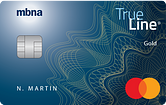

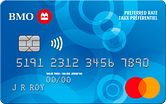









 GC:
GC: 
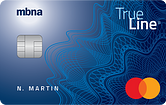
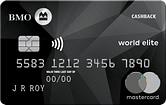
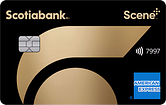
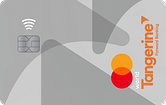
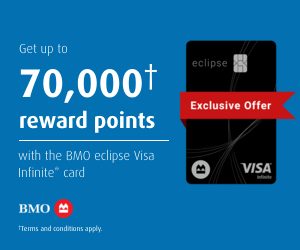






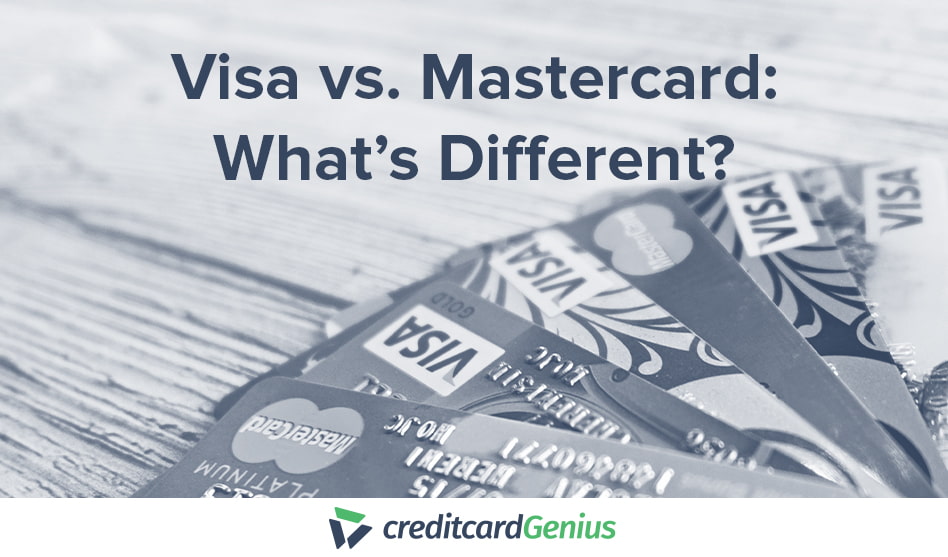

.png)





















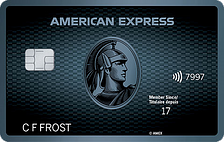
 $100 GeniusCash + Earn up to 15,000 Welcome Bonus Membership Rewards® Points.*
$100 GeniusCash + Earn up to 15,000 Welcome Bonus Membership Rewards® Points.*
Comments
Leave a comment
Required fields are marked with *. Your email address will not be published.
Showing 2 comments